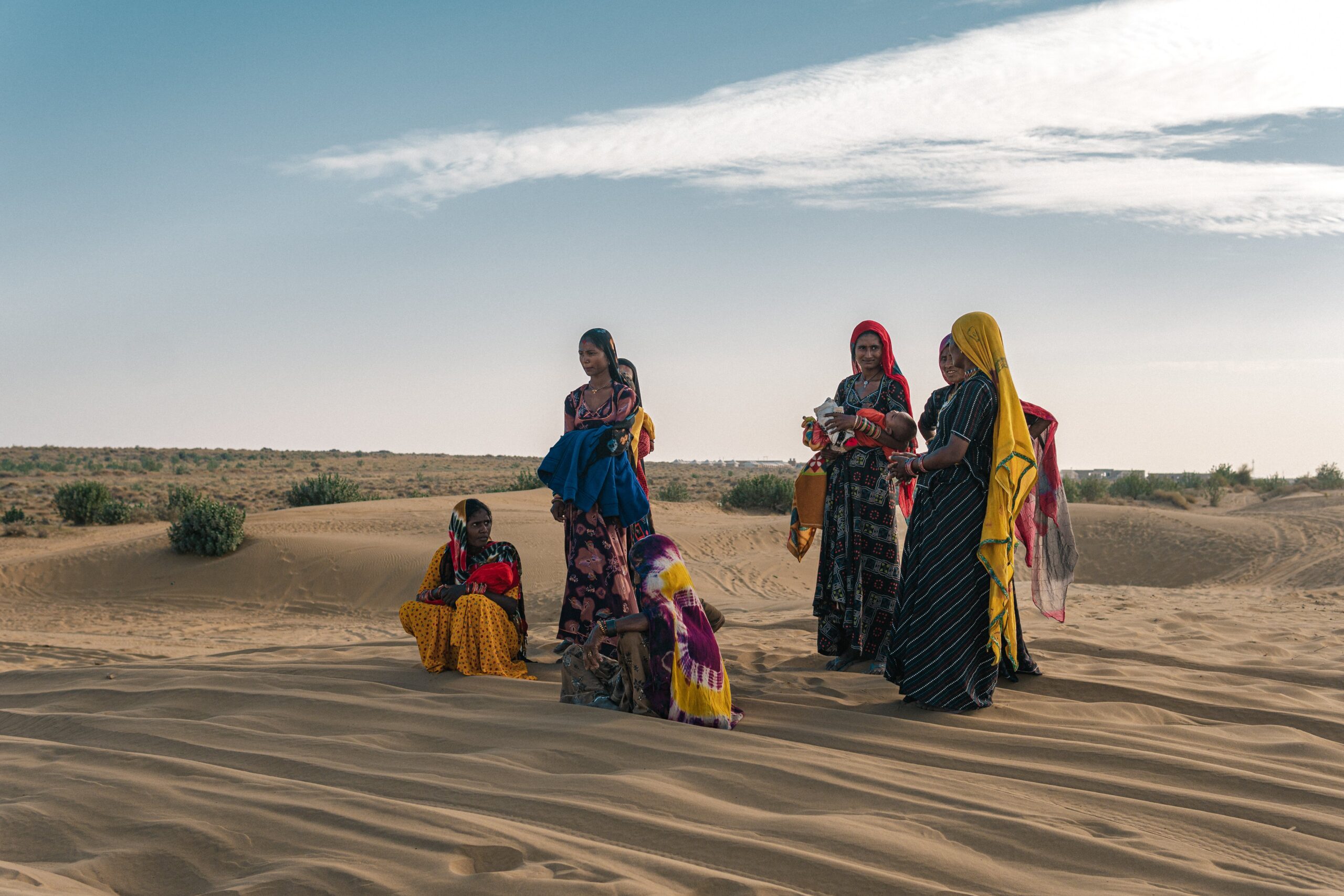People of Western civilization are used to believe that nomads have long gone down in history, that their warlike raids led to the decline and disappearance of civilized sedentary neighbors, and that their wild lifestyle left nothing of value in human culture. In fact, this negative view of nomads is nothing more than a myth. Nomads live even now, and their number are not so small, they roam the steppes of Asia and Mongolia, the high mountains of Tibet, the tundra of America and Russia, survive in the deserts of Africa. Ethnographer Konstantin Kuksin, director of the museum of nomadic culture in Moscow, tells about the history and today’s life of nomads.
What is a nomadic culture and how did it happen that a whole interesting layer of human culture exists now on our planet and practically nobody knows about it?
Modern people know very little about nomads and, unfortunately, if even they know something, the information is negative, that is, that nomads are savages, and not just savages, going as far as calling them mindless brutes who destroyed the achievements of sedentary civilizations, but did not create their own culture. It became offensive for those who remained in the steppe. Not only do they not know anything about them, they also know information that is wrong, offensive. And I decided to start collecting materials to show them both spiritual and material culture, because the nomadic culture is ghostly. So, they gathered a yurt and only a stain from the campfire was left, and they left. Therefore, it seems that there is no culture. Expeditions have begun. For several years we have made very interesting collections, Mongolia, Buryatia, Kazakhstan, Kyrgyzstan are now represented in the museums. Their fashion also has stories connected to their culture and lifestyle. You may read our article, How Do Bedouin Face Masks Reflect the Unique Heritage and Lifestyle of Desert Nomads? to learn more about it.
How do the nomads live in the 21st century?
Once the transition to a nomadic way of life was a colossal breakthrough in the economy. There were agricultural cultures, but during the economic crisis in ancient times, a part of people went to the domestication of animals and nomadism with herds. It was a breakthrough and a great achievement of mankind. Since it is much more difficult to tame animals than to grow crops, for example. In different regions this happened in different epochs: from eight thousand years to three hundred years. For example, in Yamal only three hundred years ago, a wild deer was tamed – this culture is one of the youngest. The nomads of the Great Steppe – from China to the Caspian Sea – have five kinds of livestock – sheep, goats, yaks, camels and horses. For example, yaks are used as a pack animal, and for obtaining milk, butter, cheese.
Where are such pockets of nomadic culture still preserved?
Central Asia, Mongolia, Kazakhstan, Kyrgyzstan, Western China, Tibet. In Tibet there are nomadic people living on the highlands at a very high altitude – about four kilometers above sea level. Also, in the republic of Tuva. Nomadic culture was preserved in Buryatia. The entire Far North is filled with people living in the tundra, both here and in Canada. North Africa – Bedouins, Tuareg. There are some tribes in South America, wandering near Lake Titicaca, but to a lesser extent. These are areas with very harsh conditions: deserts, semi-deserts, tundra, that is places where it is impossible to farm. As soon as virgin lands were raised in Kazakhstan, nomadic culture disappeared. In general, the culture of nomads is very ecological. They are able to live in very harsh conditions and protect the surrounding world, considering themselves a part of it.
Check out this site, where you can find European brides for marriage.

